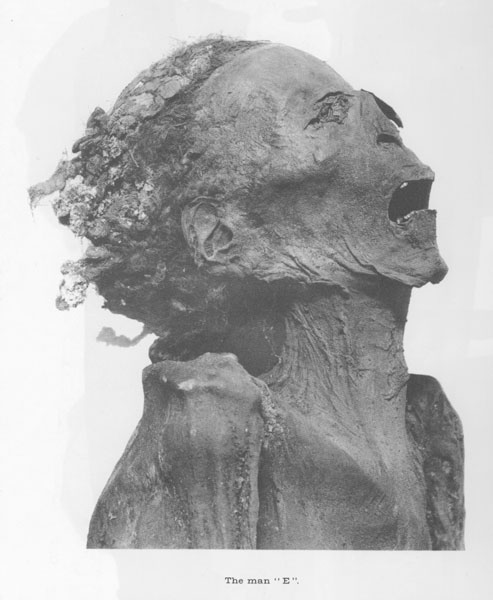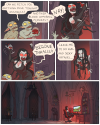Screaming Mummies

For well over a century, the contorted features of ancient mummies have led to speculation of untold pain and horrible deaths. The examples quoted above are from the examination of Egyptian mummies more than 120 years ago. Today, similar descriptions can still be found in television programs and academic writings. “Is this the face of a queen? What kind of terrible end did she meet?” and “a terrible head wound, an agonized scream,” intones the narrator of “Secrets of Egypt’s Lost Queen,” a 2007 documentary. A photo caption in the scholarly volume Mummies and Death in Egypt (2006) reads “mummy of a boy five years of age, fixed in agony.” And the widely covered 2007 discovery of Chachapoya mummies in Peru prompted this newspaper headline “Moment 600 years ago that terror came to Mummies of the Amazon” and copy “Hands over her eyes and her face gripped with terror, the woman’s fear of death is all too obvious.”
Mummies with their mouths agape or lips pulled back as if they are screaming or writhing in pain are truly startling. Two of the most famous–designated Unknown Woman A and Unknown Man E–are from a cache of royal mummies found in 1881 at Deir el-Bahri in Egypt. When first unwrapped in the late nineteenth century, they provoked the shocked reactions quoted above.
Such mummies, however, are found not just in Egypt but worldwide, in Palermo, Sicily, Guanajuato, Mexico, and, as noted above, in Peru. Some of these bodies were purposefully preserved, though by various methods, while others are natural or, you might say, accidental mummies. What does that say about the supposed frozen-mask-of-agony phenomenon? Are screaming mummies really testaments to horrific deaths? Or are they the result of natural processes, botched or ad hoc mummification jobs, or the depredations of tomb robbers?
[ read on ]









Leave a Reply